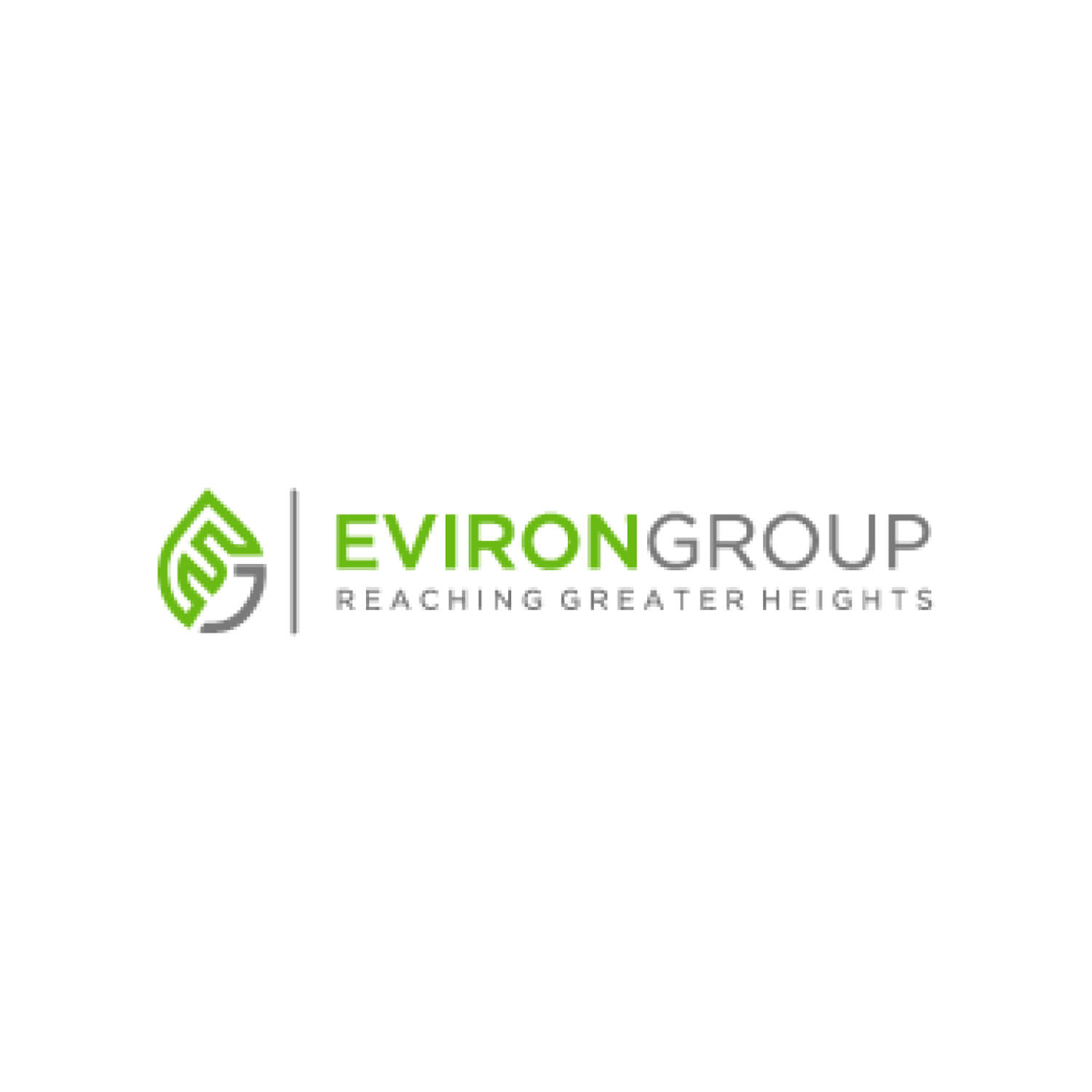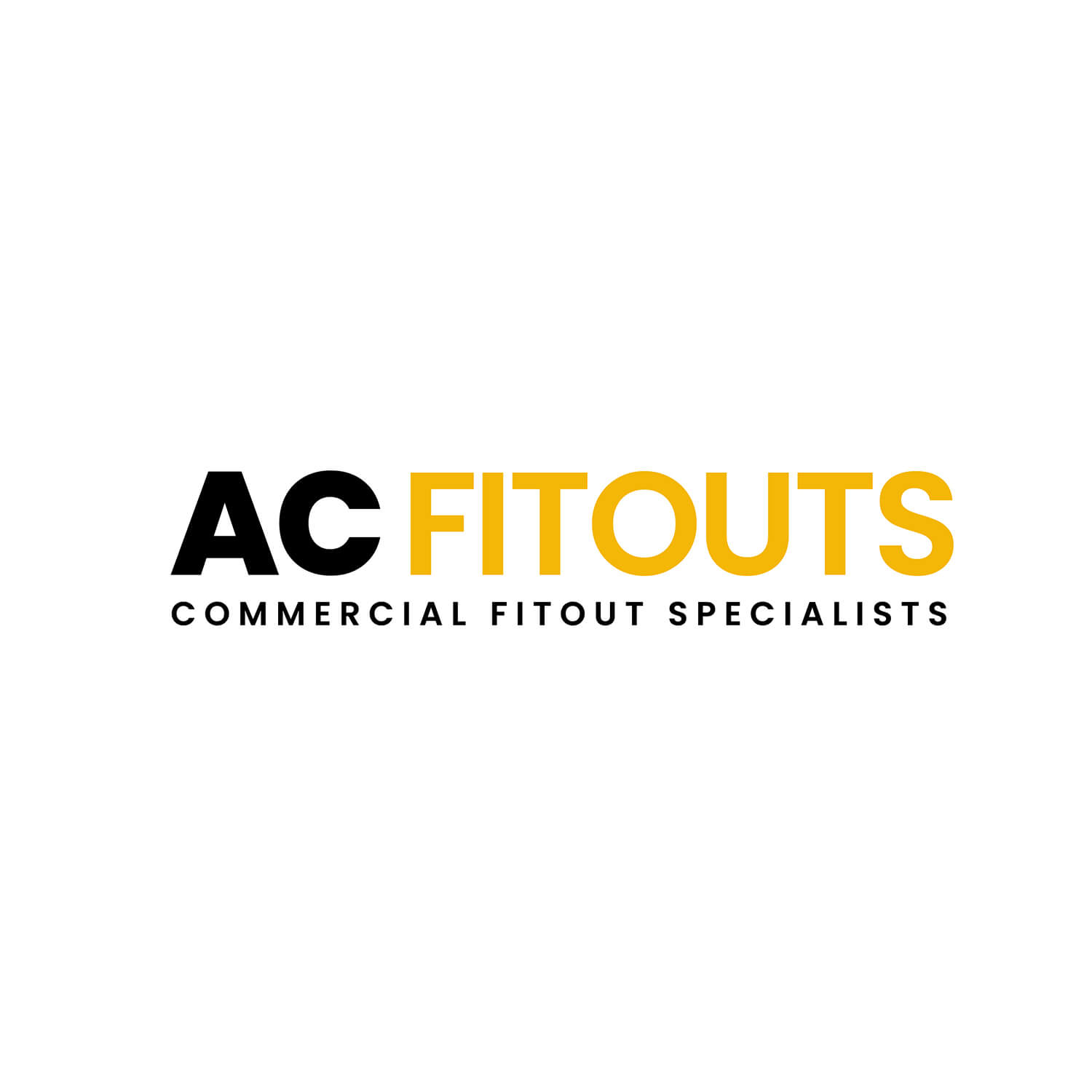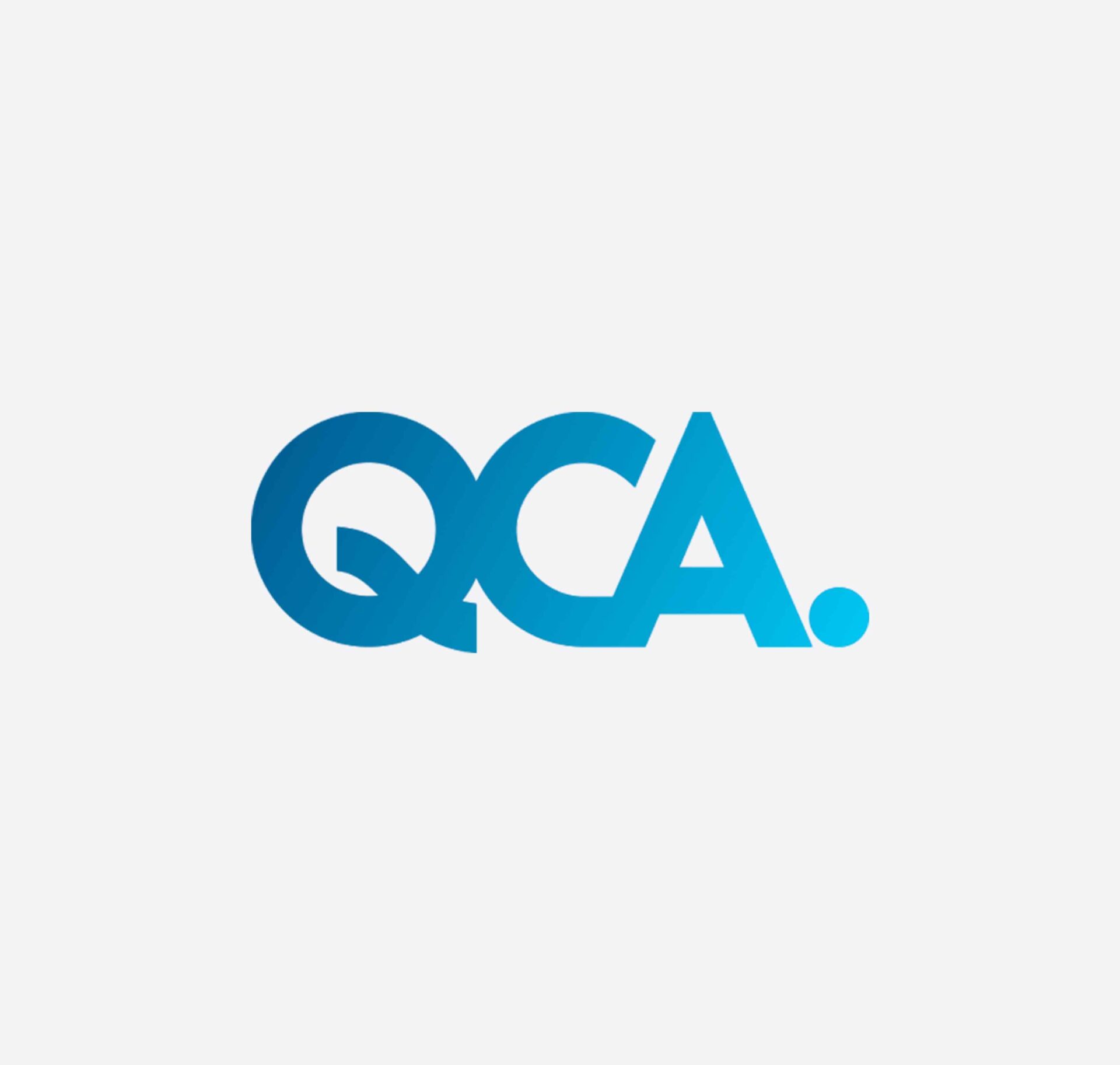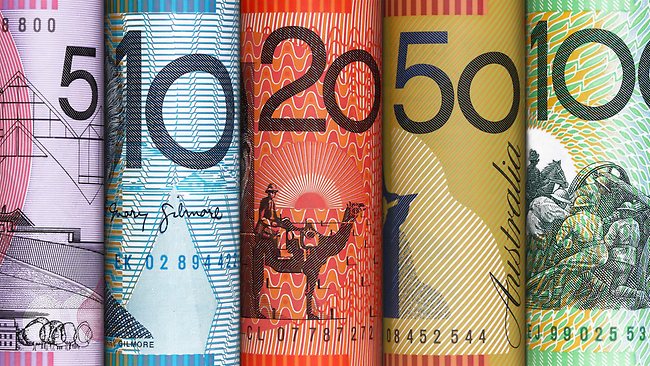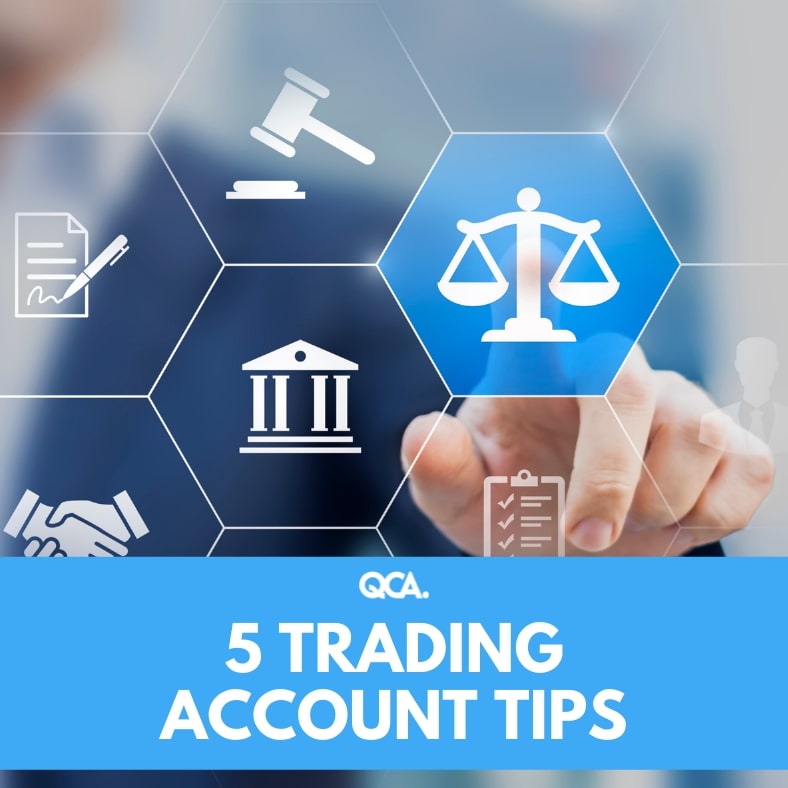Our qualified small business accountants in Gold Coast strive to work with you to grow your business with ongoing bookkeeping, small business accounting & tax accounting. Clients find our Monthly Small Business Plans are a huge relief provider, and are also very transparent in price & an affordable, flat monthly fee.
Options for your Small Business Accounting Plans
We have partnered with global software GoProposal to create a small business plan that suits the needs of your business. We will guide you in our first meeting as to the services that we recommend for you, however, here are some examples:
- A Small Business Accounting Partner will work with you to identify and implement ways to save you and your business tax.
- Your bookkeeping is kept up to date & accurately prepared by our team. GST & Business.
- Activity Statements are prepared & lodged on time with the ATO.
- Superannuation & employee requirements are reconciled and lodged on time.
- Business plans, cashflow reports, and regular management meetings.
- Quickbooks or Xero training & support.
- Keeping up to date with your ASIC, ATO, Workcover & Payroll tax obligations.
- Ongoing business support by your qualified
- Accounting Partner who takes the time to get to know & understand how your business works.
- Business & Personal Income Tax returns prepared.
- Unlimited 5 minute phone calls & email support from your Accounting Partner.
Our Plan Prices Start from $231 per month – here are some examples:


